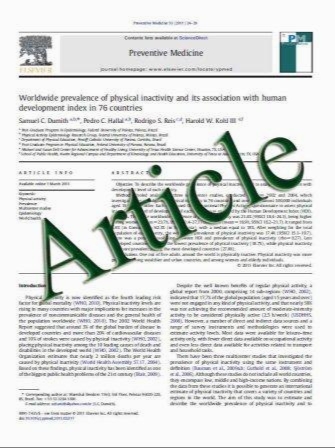Parathyroid hormone and growth in chronic kidney disease
- نوع فایل : کتاب
- زبان : انگلیسی
- مؤلف : Simon Waller
- چاپ و سال / کشور: 2011
Description
Growth failure is common in children with chronic kidney disease, and successful treatment is a major challenge in the management of these children. The aetiology is multi-factorial with “chronic kidney disease– metabolic bone disorder” being a key component that is particularly difficult to manage. Parathyroid hormone is at the centre of this mineral imbalance, consequent skeletal disease and, ultimately, growth failure. When other aetiologies are treated, good growth can be achieved throughout the course of the disease when parathyroid hormone (PTH) levels are in the normal range or slightly elevated. A direct correlation between PTH levels and growth has not been convincingly established, and the direct effect of PTH on growth has not been adequately described; furthermore, direct actions of PTH on the growth plate are unproven. The effects of PTH on growth stem from the pivotal role that PTH plays in the development of renal osteodystrophy. In severe secondary hyperparathyroidism, the growth plate is altered and growth is affected. At the other end of the spectrum, with an over-suppressed parathyroid gland, the rate of bone turnover and remodelling is markedly diminished, and some data suggest this is associated with poor growth. Most of the data available suggests that avoiding the development of significant bone disease through the strict control of PTH levels permits good growth. Absolute optimal ranges for PTH that maximise growth or minimise growth failure are not yet established.
Pediatr Nephrol (2011) 26:195–204 DOI 10.1007/s00467-010-1614-y Received: 21 May 2010 / Revised: 28 June 2010 / Accepted: 4 July 2010 / Published online: 9 August 2010


